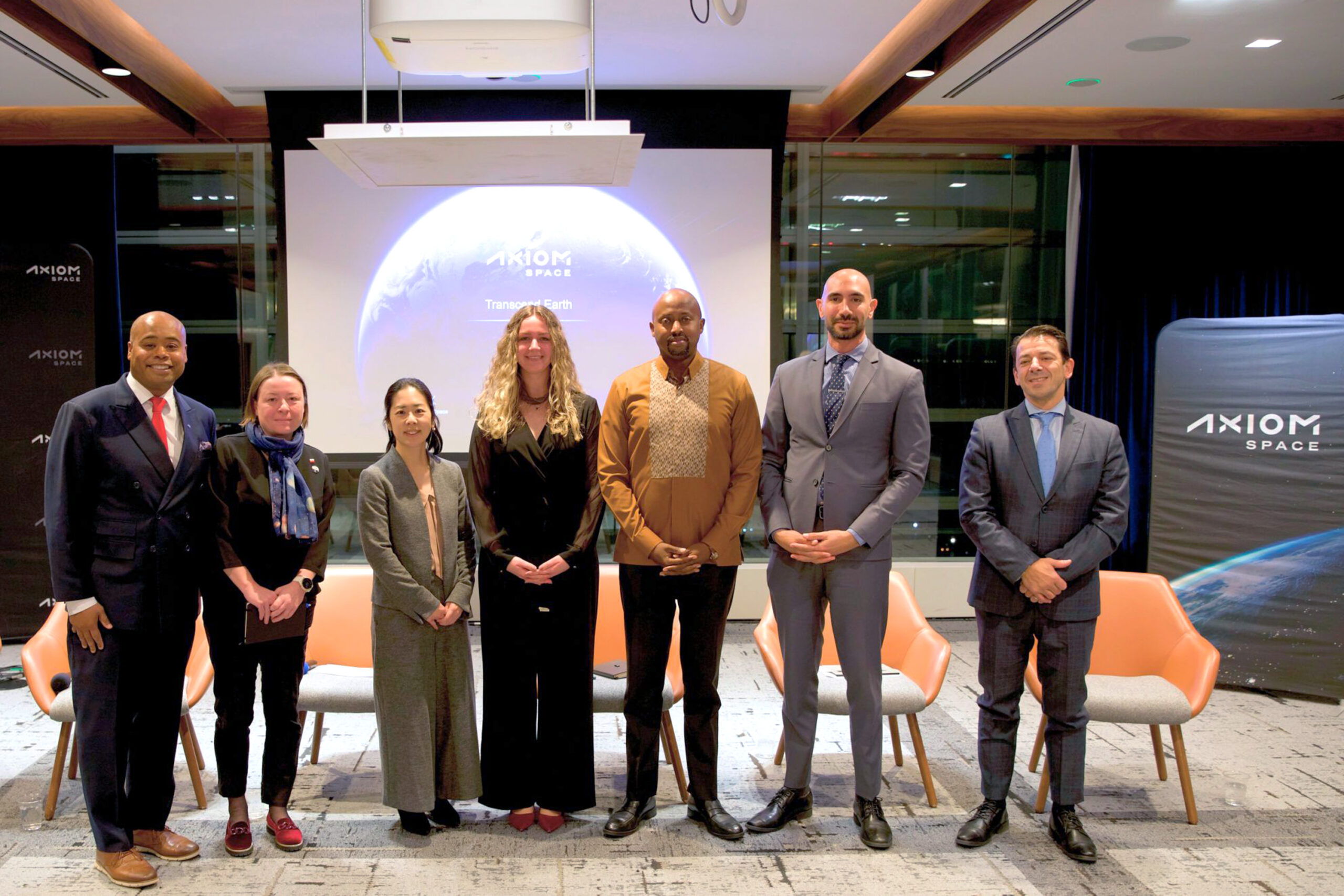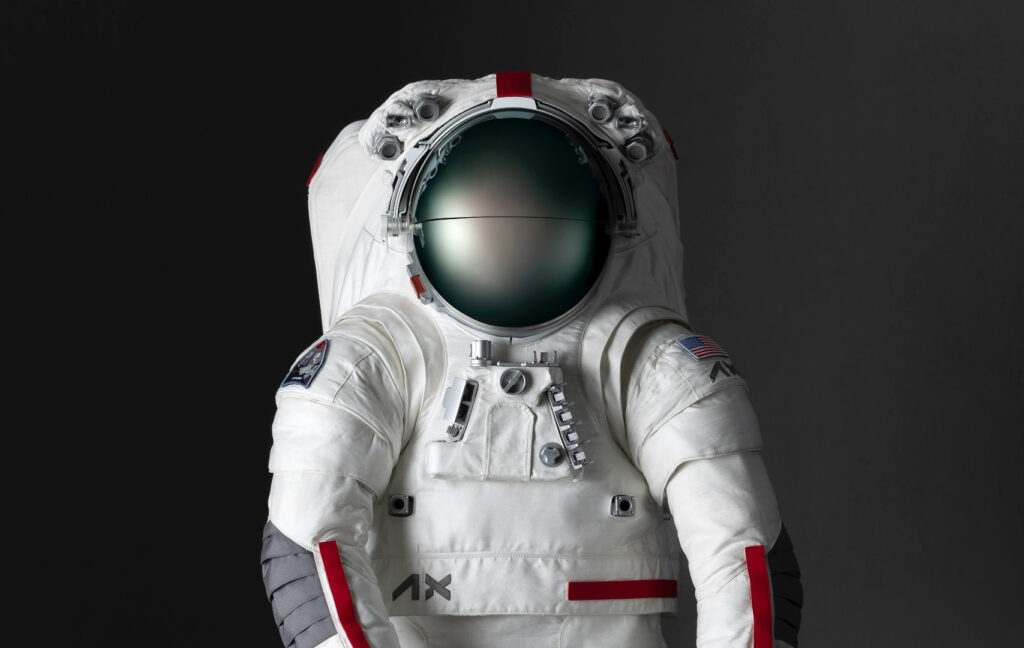Global partnerships are shaping the future of space exploration
Science Diplomacy Hub event showcases how countries are strengthening their ties through a shared ambition to explore space

Key Takeaways
- International cooperation is proving vital to fostering advancements in scientific and technological achievements in space, with promising opportunities in health care and other sectors such as quantum computing.
- Countries worldwide, including Rwanda, Poland, Japan, Italy, and the United Arab Emirates, are contributing to the evolving landscape in space.
The countries involved in the International Space Station include the United States, Canada, the United Kingdom, Japan—and Russia.
The International Space Station is the rare example of democracies partnering with Russia, as the countries collaborate to explore outer space. It’s an example of “science diplomacy,” when nations use scientific research to strengthen their relationships.
“I find science diplomacy really beautiful because we can actually use this cohesion to keep the glue together when geopolitically it’s hard these days,” says Ona Ambrozaite, the Johns Hopkins Science Diplomacy Hub‘s founding co-director. “But we still can use the magic of science to build better things and hope for a better future.”
The Science Diplomacy Hub recently hosted an event focused on space exploration to spotlight how different countries are navigating outer space:
Poland’s first International Space Station mission launches in 2025
Poland’s first mission to the International Space Station is slated for spring 2025, when astronaut Sławosz Uznański will become the second Pole ever to travel to space. Uznański will lead 13 experiments—in fields ranging from technology to medicine—created by engineers and scientists in Poland. In an example of space diplomacy, Poland and the European Union are jointly funding the mission.
Rwanda emerges as a key player
Rwanda became a leader in Africa’s space sector after establishing the Rwanda Space Agency in 2020 and signing the Artemis Accords, a non-binding set of principles for space exploration. The country has launched satellites to gather data on key issues like climate, mining, and urban planning. Arthur Asiimwe, deputy head of mission at the Embassy of Rwanda, said another priority for Rwanda is building and investing in a skilled workforce.
“We’ve put a lot of emphasis on STEM with a focus on establishing some cooperation with the leading institutions across the world to train our people. Because, I’d say, for now, almost 90% of the resources, the human resources, we use, are people that we bring from outside—foreigners,” Asiimwe said. “So it’s very important that we build a great commerce of our own engineers that are trained in the field of space science.”
Italy is exploring innovative partnerships
Italy has been a strong partner in space exploration, playing a significant role in the construction of the ISS. The country is fostering closer cooperation with the U.S. and exploring innovative ways for industries like fashion and automotive to contribute to space, creating a more sustainable and diversified space economy.
Lucie Low, chief scientist at Axiom Space, noted that Italian luxury brand Prada is using its expertise to develop enhanced spacesuits.

Image courtesy of Prada / Axiom Space
UAE joins with U.S. for moon exploration
The United Arab Emirates (UAE) has joined forces with the U.S., Japan, Canada, and the European Union to build on the Lunar Gateway Station project, an effort to build a space station around the moon. The UAE will provide an airlock module, where astronauts enter and exit the station, and an astronaut from the country will join a future mission. Ahmad Alsawalhi, director of special projects and outreach at the UAE Embassy, recounted the UAE’s journey in the realm of space that started 25 years ago.
“We’ve reached Mars, we’ve aimed for the moon, crash landed, however, continue to try again and hopefully learn from those mistakes and aim to grow,” Alsawalhi said. “But if you see the trajectory that we’re moving at, it’s immensely fast, immensely ambitious, and we look forward to continuously growing.”
Driving progress on Earth
The experiments astronauts conduct in space bring real benefits on Earth. One of the most promising areas for international space collaboration is in health care, particularly through the study of microgravity, the feeling of weightlessness in space. Scientists can use the unique physical processes of microgravity as a tool to explore new approaches to manufacturing for medical and technological advancements.
“We know that microgravity causes crystals to build and to grow in a more perfect form,” Low explained, “So how can we harness that fundamental aspect of a change in a fundamental physical force in microgravity to do things like use seed crystals that we can build semiconductor materials from, because we make semiconductor waves in space that are more perfect, that have fewer defects, that can enable faster transmission of data in space than we could do on Earth.”